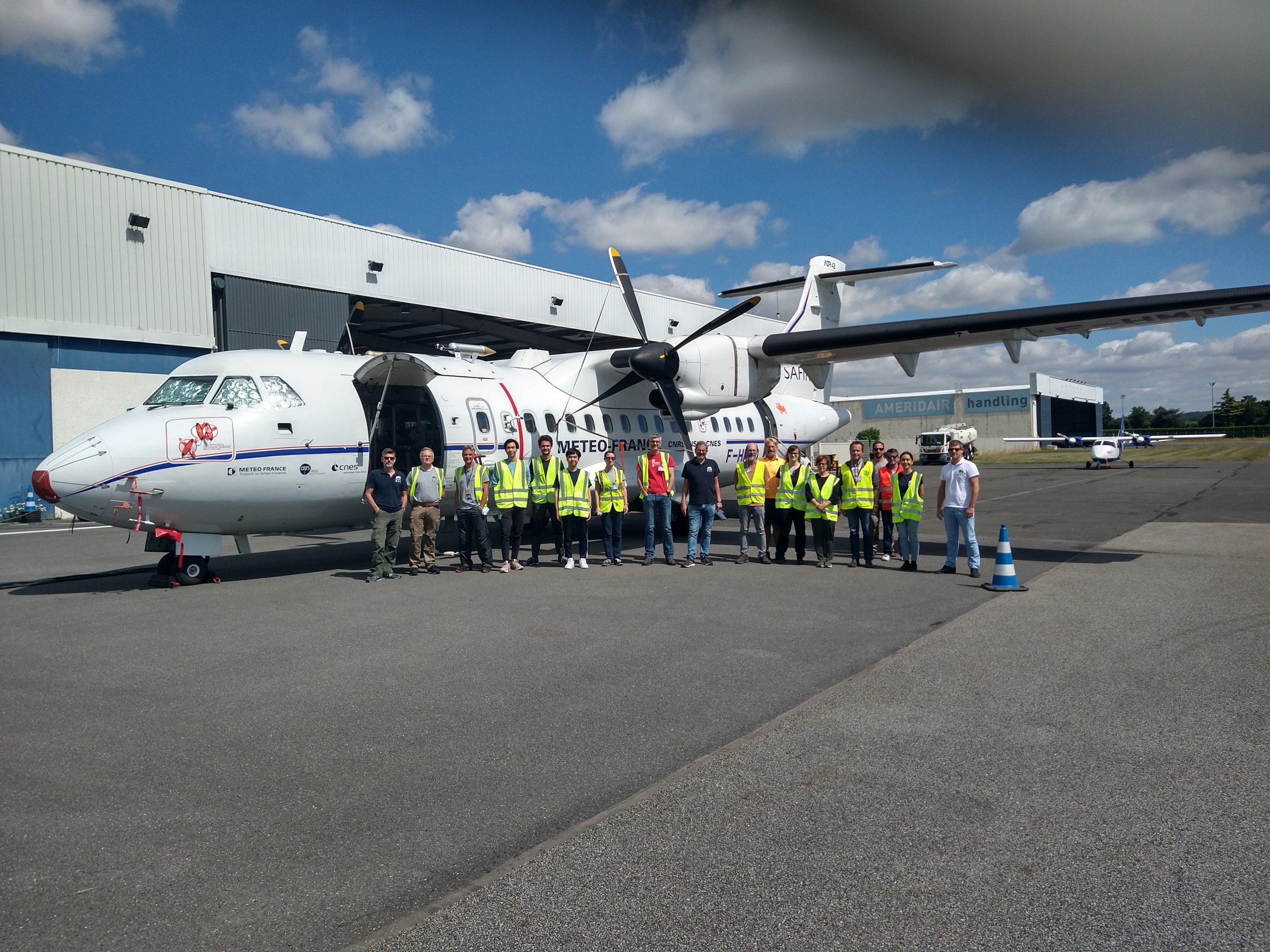Air quality depends on the presence in the atmosphere of pollutants that may be of natural origin (volcanic eruptions, sand mists, forest fires, etc.) or of anthropogenic origin, i.e. linked to human activity (industry, transport, agriculture, residential heating, etc.). In France, air quality is measured by the Associations Agréées de Surveillance de la Qualité de l’Air (AASQA), but AERIS also gathers data on this theme from research projects.

The aim of the project is to understand how biosphere-atmosphere interactions influence urban pollution and, retroactively, to understand the effects of pollution exposure on the physiological state of vegetation and […]

CAPITOUL is a coupled study of the urban atmosphere and the formation/transformation of urban aerosols, with a measurement campaign planned in the Toulouse region between March 2004 and March 2005. […]

Numerous large-scale experimental campaigns have led to a better understanding of the processes that lead to photo-oxidative pollution in major European cities. However, for large cities outside Europe and the […]

Urban trees emit biogenic volatile organic compounds (BVOCs) that can react with air pollutants to form secondary pollutants, such as ozone (O3) and secondary organic aerosols (SOAs). The objectives of […]

The Passy-2015 field experiment Wintertime anticyclonic conditions are often associated to high levels of pollution in urbanized or industrialized area, particularly in mountainous terrain. The Arve river valley is very […]

PARCS has the overall goal to improve understanding about the sources, fate and impacts of pollution in the Arctic system, notably on climate, marine ecosystems and human society with the aim to improve […]

Objectives To build a database (dynamics and chemistry) to validate chemistry-transport models (CTM) at different space and time scales. The database includes the emission register and the measurements from the […]

The Landes forest is the largest cultivated and managed forest in Europe; it isconiferous, mono-specific and in one piece. The majority species, nearly 85%, is the maritime pine (Pinus pinaster), […]

Humans have recognized for a long time that their air can become contaminated through natural and non-natural events. The problem became particularly apparent as people moved into large cities where […]

The PANAME (PAris region urbaN Atmospheric observations and models for Multidisciplinary rEsearch) initiative is a coordinating effort involving several ongoing multidisciplinary research projects that aim to gain a better understanding […]

Over five years from 2013 to 2018, the DACCIWA project (Dynamics-Aerosol-Chemistry-Cloud Interactions in West Africa, funded by the EU) worked with partners in the region to improve understanding of the […]

The project The atmospheric mercury compounds monitoring program GMOS-FR has been initiated thanks to the support of the EU FP7 GMOS (Global Mercury Observation System – 2010 to 2015) and […]

The project INDAAF (International Network to study Deposition and Atmospheric composition in Africa) is a programme dedicated to the long-term monitoring of the atmospheric composition and of the atmospheric deposition […]
